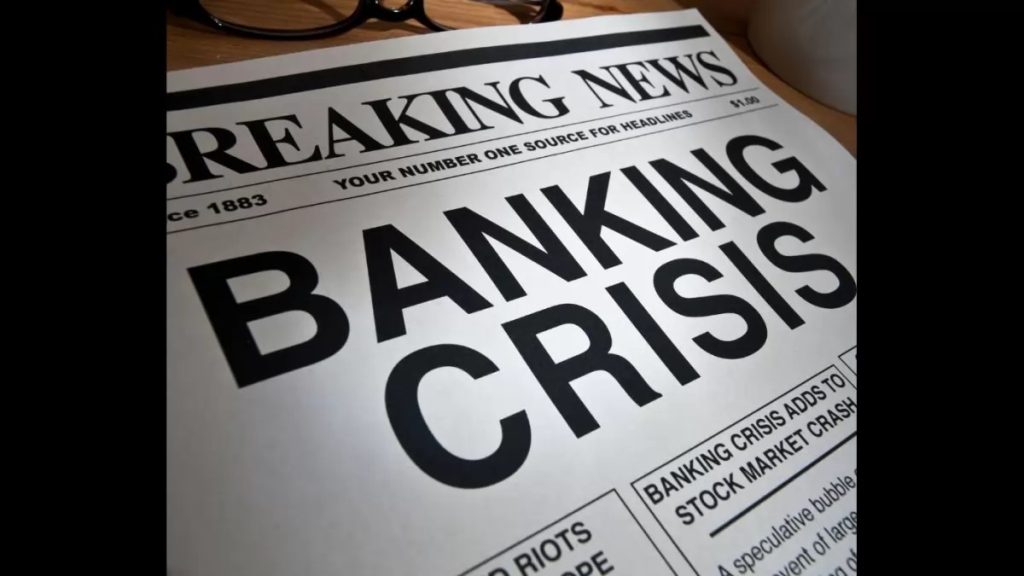
It’s Not About Credit, It’s About Structure
The current banking crisis is not primarily a credit crisis. Instead, it is a structural crisis caused by some institutions being considered “too big to fail.” This perception creates an uneven playing field in the banking industry, making it difficult for smaller banks to compete with their larger counterparts.
Large depositors and businesses cannot afford to take even the smallest risk of keeping their operating deposits at any institution other than those deemed too big to fail. Even if the risk of failure is as low as 0.0001%, this risk is still infinitely higher than the zero risk associated with banks that are too big to fail.
The longer we allow this unlevel playing field to persist, the more community banks will fail and at an accelerating rate. This poses a threat to the overall stability of the banking system and local economies.
Potential Solution: Level the Playing Field
There are several potential solutions to this problem. One such solution could be breaking up the larger banks, ensuring that all banks are small enough to fail. While this may be the most sustainable long-term solution, a more practical immediate solution for the current situation involves drastically increasing the amount of deposit insurance available for deposits at smaller banks.
Furthermore, the cost of this increased deposit insurance should be borne by the larger banks that are considered too big to fail. These banks are the root cause of the problem, and they unfairly benefit from a lower cost of capital due to the implicit guarantee provided by the federal government.
By implementing these changes, we can help level the playing field in the banking industry and support the survival and success of community banks. This will ultimately contribute to a more stable and resilient financial system that serves the needs of all its stakeholders.
